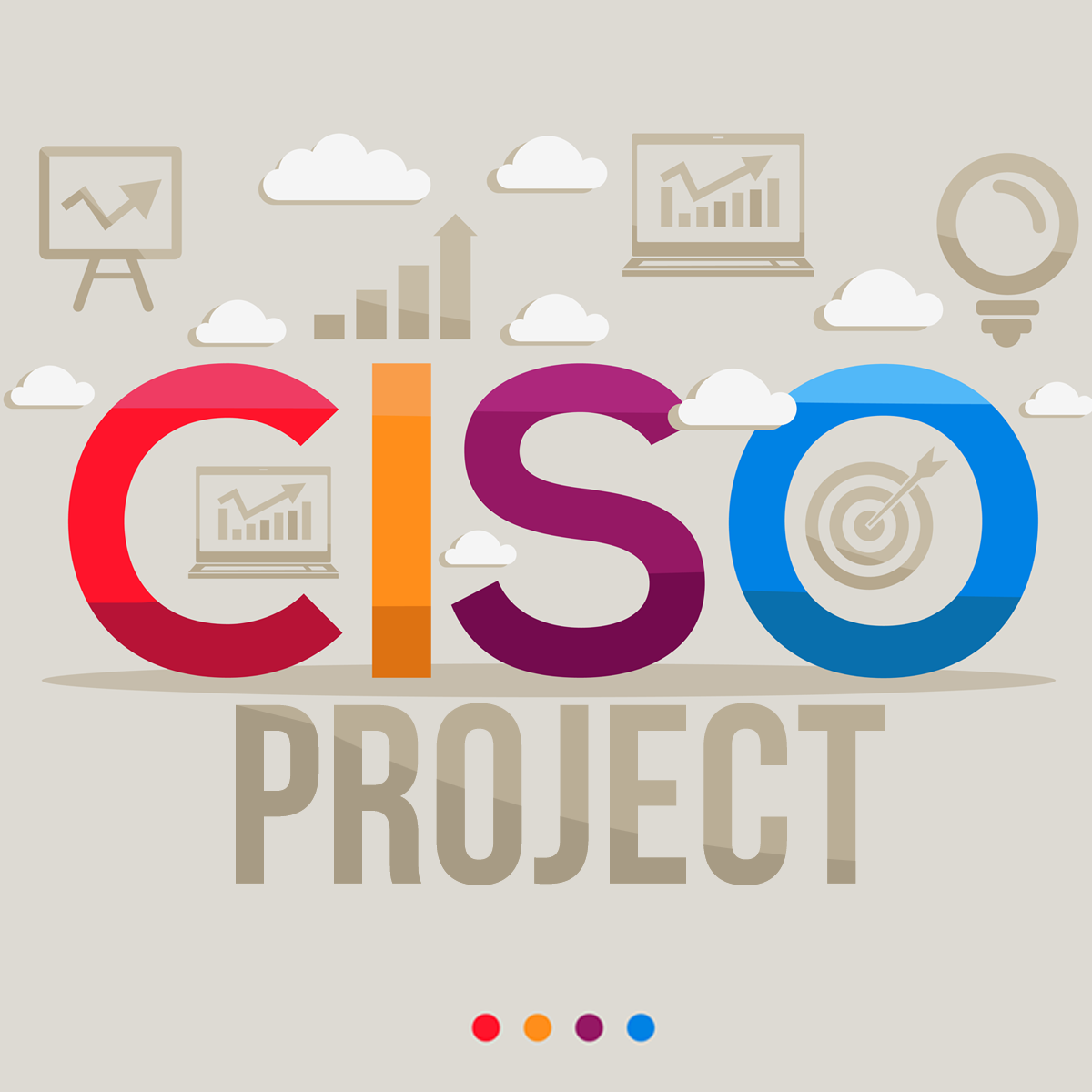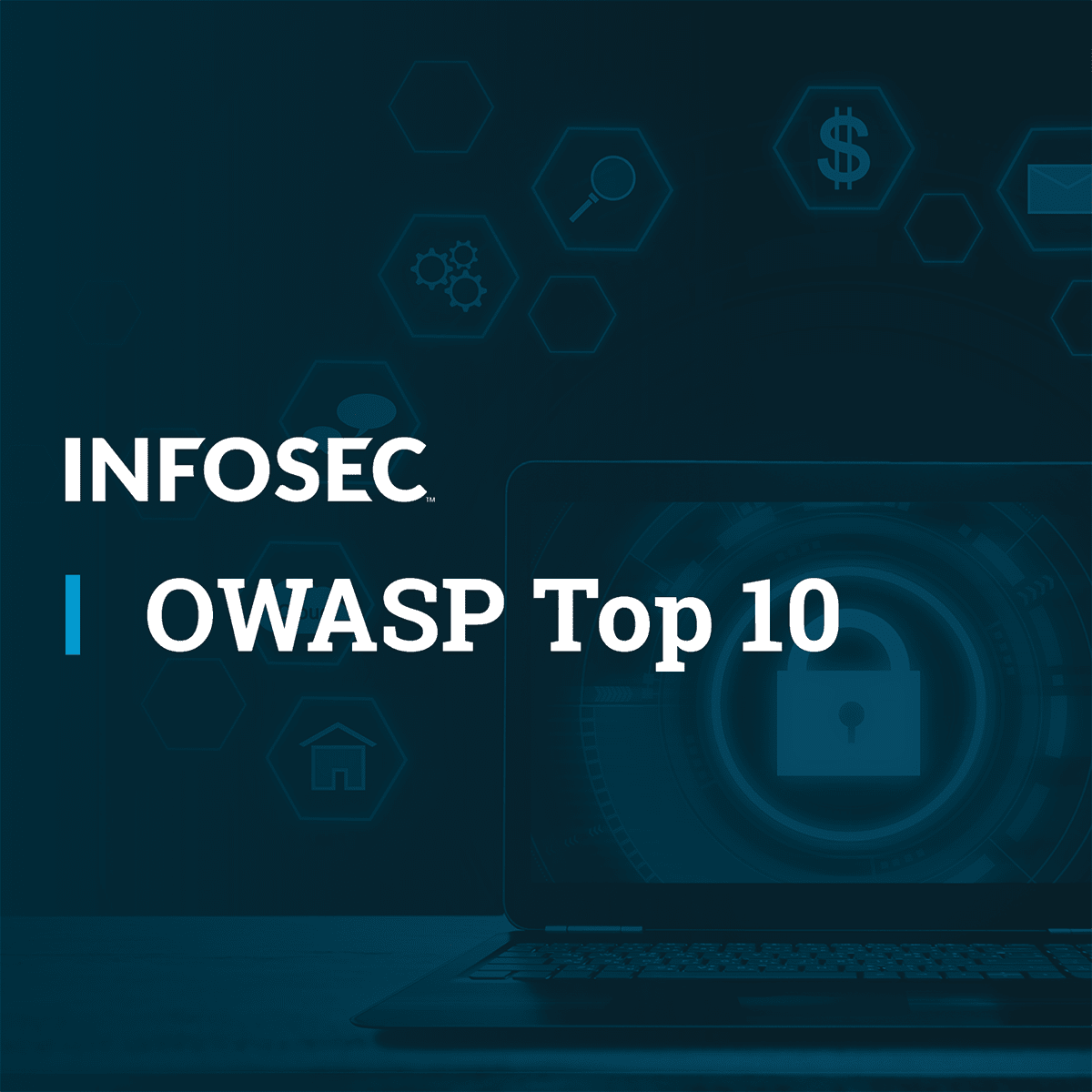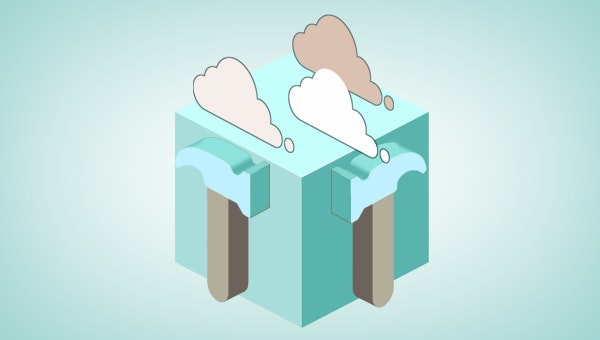Back to Courses









Computer Security And Networks Courses - Page 11
Showing results 101-110 of 277

Road to the CISO – Culminating Project Course
The ultimate destination for a security manager is the Chief Information Security Officer (or Chief Security Officer) a senior executive role responsible for all cybersecurity operations in the organization. But how do you get from entry-level IT or security employee to the CISO’s office and what do you need to know when you get there? This course examines the career path and requirements to be an effective CISO, as well as the roles and responsibilities of the position.
In this course, a learner will be able to:
● Identify the career development and path of a Cybersecurity professional from entry-level to CISO
● Define and describe the role and function of a CISO in planning for cybersecurity
● Identify the development of a cybersecurity governance program and the role the CISO would play in it
● Discuss the strategic responsibilities of the CISO in overseeing an organization’s cybersecurity program

Teaching Impacts of Technology: Fundamentals
In this course you’ll focus on the fundamentals of teaching the impacts of technology, starting by exploring how you interact with and benefit from technology in a typical 24 hour period, such as the desire for instant food and entertainment. This will be done through a series of paired teaching sections, exploring a specific “Impact of Computing” in your typical day and the “Technologies and Computing Concepts” that enable that impact, all at a K12-appropriate level.
This course is part of a larger Specialization through which you’ll learn impacts of computing concepts you need to know, organized into 5 distinct digital "worlds”, as well as learn pedagogical techniques and evaluate lesson plans and resources to utilize in your classroom. By the end, you’ll be prepared to teach pre-college learners to be both savvy and effective participants in their digital world.
In this particular digital world (daily life), you’ll explore the following Impacts & Technology pairs --
Impacts (Food Delivery): Apps that bring you food, drivers, and find and recommend businesses
Technologies and Computing Concepts: Geolocation, Push Notifications, Near Field Communications, HMTL5, GPS, Graph representations, Minimal Spanning Trees, Shortest Path Algorithms
Impacts (Entertainment): Streaming for entertainment and education, Environmental impact of Internet, YouTube culture
Technologies and Computing Concepts: Data Centers, Downloading vs Streaming, Digital vs. Analog image representation, basic compression algorithms, Internet metrics (latency, bandwidth)
In the pedagogy section for this course, in which best practices for teaching computing concepts are explored, you’ll learn to employ constructivist activities useful in teaching impacts of computing and to evaluate and contribute to an unplugged lesson plan.
In terms of CSTA K-12 computer science standards, we’ll primarily cover learning objectives within the “impacts of computing” concept, while also including some within the “networks and the Internet” concepts and the “data and analysis” concept. Practices we cover include “fostering and inclusive computing culture”, “recognizing and defining computational problems”, and “communicating about computing”.

OWASP Top 10 - Welcome and Risks 1-5
In this course, we will look at the OWASP organization and what its purpose is. We’ll dive into the details of how they create the Top Ten list: where it comes from, how they calculate the severity of each risk and how they determine where each risk ranks. We also review the possible disparity between OWASP’s ranking and your own organization’s ranking, depending on your needs. We will also examine Broken Access Control, Cryptographic Failures, Injection Attacks, Insecure Design and Security Misconfiguration. We’ll use demos, graphics and real-life examples to help you understand the details of each of these risks.

Rent-a-VM to Process Earthquake Data
This is a self-paced lab that takes place in the Google Cloud console.
In this lab you spin up a virtual machine, configure its security, access it remotely, and then carry out the steps of an ingest-transform-and-publish data pipeline manually. This lab is part of a series of labs on processing scientific data.

Architecting with Google Kubernetes Engine: Workloads
In this course, "Architecting with Google Kubernetes Engine: Workloads," you learn about performing Kubernetes operations; creating and managing deployments; the tools of GKE networking; and how to give your Kubernetes workloads persistent storage.
This is the second course of the Architecting with Google Kubernetes Engine series. After completing this course, enroll in the Architecting with Google Kubernetes Engine: Production course.

Configure Replication and Enable Point-in-Time-Recovery for Cloud SQL for PostgreSQL
This is a self-paced lab that takes place in the Google Cloud console. In this lab you will configure and test point-in-time recovery for a Cloud SQL for PostgreSQL instance.

Cloud Computing Applications, Part 1: Cloud Systems and Infrastructure
Welcome to the Cloud Computing Applications course, the first part of a two-course series designed to give you a comprehensive view on the world of Cloud Computing and Big Data!
In this first course we cover a multitude of technologies that comprise the modern concept of cloud computing. Cloud computing is an information technology revolution that has just started to impact many enterprise computing systems in major ways, and it will change the face of computing in the years to come.
We start the first week by introducing some major concepts in cloud computing, the economics foundations of it and we introduce the concept of big data. We also cover the concept of software defined architectures, and how virtualization results in cloud infrastructure and how cloud service providers organize their offerings. In week two, we cover virtualization and containers with deeper focus, including lectures on Docker, JVM and Kubernates. We finish up week two by comparing the infrastructure as a service offering by the big three: Amazon, Google and Microsoft.
Week three moves to higher level of cloud offering, including platform as a service, mobile backend as a service and even serverless architectures. We also talk about some of the cloud middleware technologies that are fundamental to cloud based applications such as RPC and REST, JSON and load balancing. Week three also covers metal as a service (MaaS), where physical machines are provisioned in a cloud environment.
Week four introduces higher level cloud services with special focus on cloud storage services. We introduce Hive, HDFS and Ceph as pure Big Data Storage and file systems, and move on to cloud object storage systems, virtual hard drives and virtual archival storage options. As discussion on Dropbox cloud solution wraps up week 4 and the course.

Cloud Computing Applications, Part 2: Big Data and Applications in the Cloud
Welcome to the Cloud Computing Applications course, the second part of a two-course series designed to give you a comprehensive view on the world of Cloud Computing and Big Data!
In this second course we continue Cloud Computing Applications by exploring how the Cloud opens up data analytics of huge volumes of data that are static or streamed at high velocity and represent an enormous variety of information. Cloud applications and data analytics represent a disruptive change in the ways that society is informed by, and uses information. We start the first week by introducing some major systems for data analysis including Spark and the major frameworks and distributions of analytics applications including Hortonworks, Cloudera, and MapR. By the middle of week one we introduce the HDFS distributed and robust file system that is used in many applications like Hadoop and finish week one by exploring the powerful MapReduce programming model and how distributed operating systems like YARN and Mesos support a flexible and scalable environment for Big Data analytics. In week two, our course introduces large scale data storage and the difficulties and problems of consensus in enormous stores that use quantities of processors, memories and disks. We discuss eventual consistency, ACID, and BASE and the consensus algorithms used in data centers including Paxos and Zookeeper. Our course presents Distributed Key-Value Stores and in memory databases like Redis used in data centers for performance. Next we present NOSQL Databases. We visit HBase, the scalable, low latency database that supports database operations in applications that use Hadoop. Then again we show how Spark SQL can program SQL queries on huge data. We finish up week two with a presentation on Distributed Publish/Subscribe systems using Kafka, a distributed log messaging system that is finding wide use in connecting Big Data and streaming applications together to form complex systems. Week three moves to fast data real-time streaming and introduces Storm technology that is used widely in industries such as Yahoo. We continue with Spark Streaming, Lambda and Kappa architectures, and a presentation of the Streaming Ecosystem. Week four focuses on Graph Processing, Machine Learning, and Deep Learning. We introduce the ideas of graph processing and present Pregel, Giraph, and Spark GraphX. Then we move to machine learning with examples from Mahout and Spark. Kmeans, Naive Bayes, and fpm are given as examples. Spark ML and Mllib continue the theme of programmability and application construction. The last topic we cover in week four introduces Deep Learning technologies including Theano, Tensor Flow, CNTK, MXnet, and Caffe on Spark.

LCFA Exam Preparation
This course is ideal for those getting started in an IT career as an administrator/engineer who want to become a Linux Foundation Certified IT Associate (LFCA).
The LCFA Exam Preparation course is designed to introduce learners to the sponsor organization behind the LFCA certification exam and the details of taking the LFCA exam. This class helps learners prepare for the LFCA exam through a series of self-paced learning, readings, discussions and practice exams.

Block.one: Creating a Multi Node EOSIO Blockchain
This is a self-paced lab that takes place in the Google Cloud console.
In this lab, you will extend the single node EOSIO blockchain to use multiple nodes. You will install various EOSIO software components to set up your multi node EOSIO blockchain. Finally, you will perform some node operator tasks on your new EOSIO blockchain.
Popular Internships and Jobs by Categories
Browse
© 2024 BoostGrad | All rights reserved


